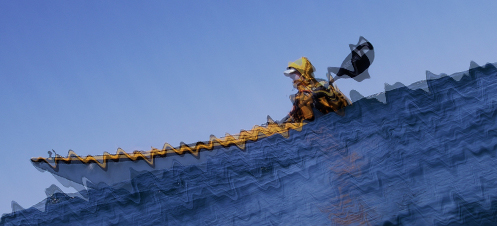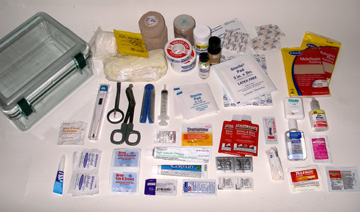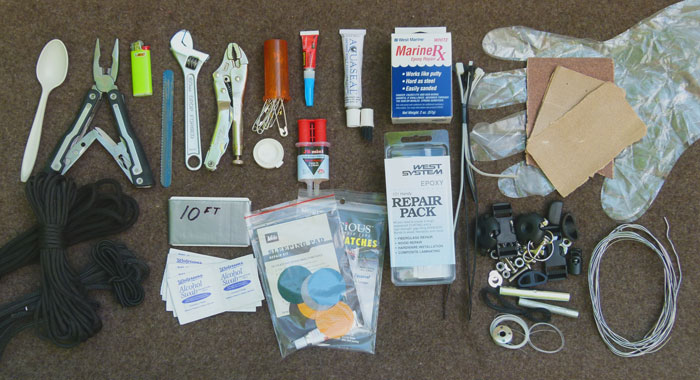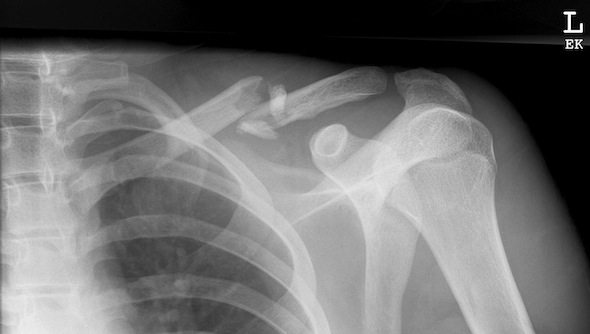The ‘philosophy of safety’ outlined here will set a beginning paddler on a smart and swift course of learning.
Author: John Lull
Copyright 2001, Wilderness Press, ISBN 0-89997-274-8
Though perhaps burdened with a rather dry title, and being ostensibly aimed at the intermediate paddler, “Sea Kayaking Safety & Rescue” is a book I wish I’d found the day I bought my first kayak.
Authored by a longtime member of the Tsunami Rangers, the vaunted San Francisco paddling club, this book opens with the usual chapters on gear selection, basic paddling strokes, and typical rescues, albeit in an uncommonly concise fashion. But then begins a succession of subsequent chapters outlining topics not often found in other sea-kayaking texts.
For example, early in the book, Lull encourages the aspiring paddler to apply a critical eye to his environment, and to identify the varying aspects of these sea-kayaking ‘domains’. An ocean impoundment like San Francisco Bay, for example, may resemble to the average kayaker a large inland lake he may have paddled before. Once out on the water, however, he will encounter large wakes from passing sea freighters, unpredictable tidal currents around submerged reefs, and other unexpected potential hazards. By applying a logical assessment of these differing environments, Lull encourages the reader to apply a critical eye to his own paddling environments before setting out on the water.
Sign up for “Fetch,” the newsletter of Superior Paddling!
Be the first to know about new or featured how-to articles, product reviews, and destination trip reports, plus other sea-kayak events, news, and more.
Equally refreshing sections of “Sea Kayaking Safety & Rescue” place a hierarchical structure on an individual paddler’s skill set, referring to them as the ‘four levels of defense’ against the elements one may encounter while afloat. There is perhaps the most concise description I have ever seen of the seemingly countless forms a simple wave may take, and how they differ when they come ashore. The chapter on risk assessment is a real eye-opener, and thoroughly covers my longheld belief that the intangibles of judgment and self-awareness are two oft-overlooked skills required by any sea-kayaker headed into bigger conditions.
The chapter covering ‘group safety through teamwork’ delves into the human-psychology and group-dynamics aspects of your typical bunch of paddlers on an outing; teaming, competence and self-sufficiency, communication, planning, structure, and more are all covered here, along with suggestions on how to apply them to your own groups. And the chapter on training and skill development outlines a curriculum of learning on which any paddler would do well to embark.
The topics covered in “Sea Kayaking Safety & Rescue”, and most importantly, the fresh and innovative perspectives which the reader is encouraged to explore, will be of great value to any intermediate kayaker. But the ‘philosophy of safety’ outlined here might just as easily set a beginning paddler on a smart and swift course of learning as he embarks in his new sport, and will carry him into many years of safe paddling.
If you purchase a product or service linked to from this site, I may receive an “affiliate commission.”









